Last updated: November 30, 2023
Article
Women Airforce Service Pilots (WASP)
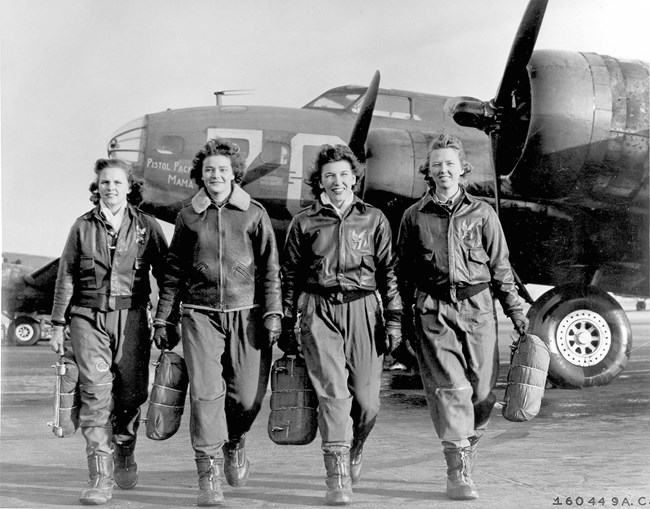
US Air Force Photo. Public domain.
During World War II, American women took to the skies to serve their country as members of the Women’s Airforce Service Pilots (WASP).
After Pearl Harbor, US military leaders recognized that the war effort would need more aviators. Two experienced female pilots, Jacqueline Cochran and Nancy Harkness Love, separately proposed recruiting women to assist the Army Air Forces (AAF). They argued that women could take over important jobs on the home front, freeing up men to serve in combat. The AAF first created two organizations, the Women’s Auxiliary Ferrying Squadron (WAFS) and the Women’s Flying Training Detachment (WFTD). They merged to form the WASP in 1943. Officially, the WASP was a civilian organization that cooperated with the Army. Its members did not have military status.
Training and Recruitment
Between 1942 and 1944, more than 25,000 women applied to join the WASP. Of the small number accepted, about a thousand completed a rigorous training program under the leadership of Cochran and Love. WASP trainees were already accomplished pilots. After joining, they underwent hundreds of hours of flight drills and ground school at Avenger Field in Sweetwater, Texas. They followed Army discipline, marching from place to place and undergoing infantry drills and regular inspections. They studied navigation, meteorology, Morse code, and airplane mechanics.
Risk and Danger
After graduation, WASP pilots went on to fly essential missions for the AAF. They transported thousands of planes from the factories that built them to the military bases that sent them to the front, a process known as “ferrying.” They towed canvas banners behind their planes to serve as targets for gunnery practice. They instructed male trainee pilots. And they served as test pilots, volunteering for the dangerous work of trying out aircraft that were new or that had been damaged and repaired.
Thirty-eight WASP pilots died in the course of their service. Because WASP pilots were not military, the federal government refused to pay for their funeral expenses. The women's colleagues had to pool money to send their bodies home to their families.
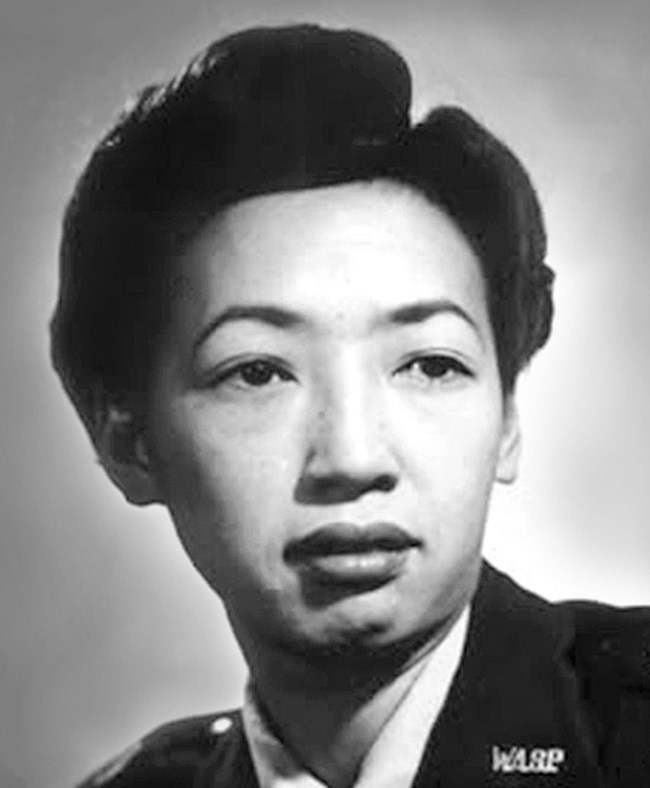
US Air Force photo. Public domain.
Diversity and Discrimination
WASP members faced sexism and hostility from many of the men they worked with. The Army paid them considerably less than their male counterparts for the same work. Male commanding officers questioned their judgment and “fitness” to fly planes. According to the historian Molly Merryman, WASP pilots faced fiercer backlash than other women in uniform because many men admired and coveted the high-status position of military pilot or “flyboy.” They resented women who performed “daring” and “adventurous” missions that they believed should be for men only.[1]
At Love Field in Dallas, Texas, military authorities investigated and disciplined the male commanding officer for treating WASP pilots unfairly. At Perrin Field in Texas, male aviators refused to fly with female pilots after one of the women died in an accident. And the commanding officer of Camp Davis, in North Carolina, was openly contemptuous of the WASP pilots assigned there. He banned them from three of the airfields, preventing them from getting flight practice time. He also assigned them to planes that had not been properly maintained. Two women died while on duty at the field.[2]
Women of color faced a double burden of racism and sexism in joining the WASP. A few were accepted, but their numbers were small. Pilots Hazel Ying Lee and Maggie Gee, who were of Chinese descent; Verneda Rodriguez and Frances Dias, who were Latina; and Ola Mildred Rexroat, who was Oglala Sioux, all joined the WASP.
Several qualified Black pilots interviewed to join the WASP, but the program turned all of them down. One of those rejected was Mildred Hemmons Carter. She had trained to fly at the Tuskegee Civilian Pilot Training Program, but the Tuskegee Airfield refused to train her on military aircraft because of her gender. The WASP explicitly rejected her because of her race. Decades later, both the WASP and the Tuskegee Airmen recognized Carter as an official member.
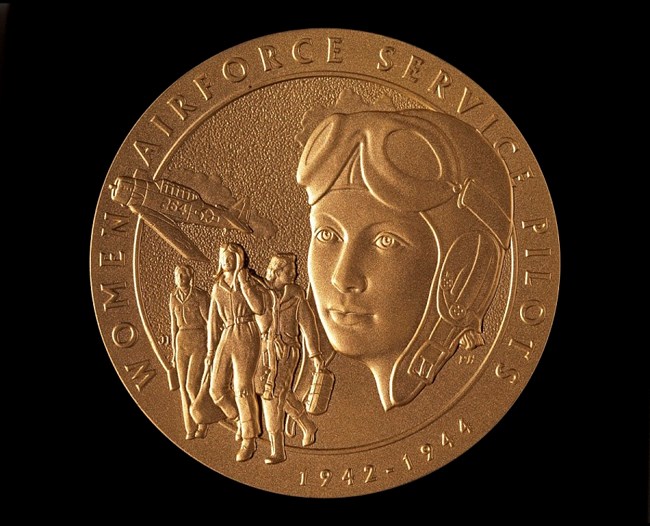
Courtesy Smithsonian Institution, National Air and Space Museum.
Deactivation and Legacy
In 1944, the organization and its allies pressed for military status. Other women’s branches, such as the Women’s Army Corps (WAC) and the Navy WAVES, were part of the armed forces. WASP pilots flew top-secret missions and worked under military discipline. But Congress refused to “militarize” the WASP. In December, it deactivated the program. It took thirty years for the country to officially recognize the women’s service and grant them veteran status, in 1977. In 2010, Congress awarded the Congressional Gold Medal to the WASP.
Explore more stories of these daring aviators on this page.
Explore WASP Stories
-
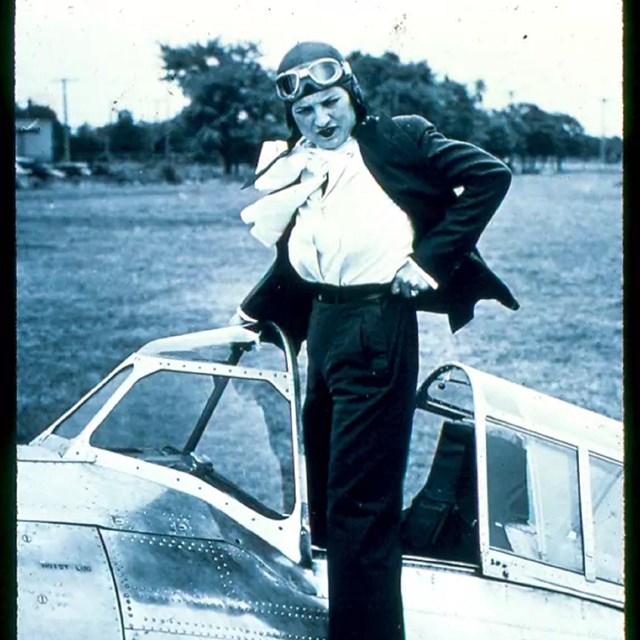 WASP LeaderJacqueline Cochran
WASP LeaderJacqueline CochranAviator Jacqueline Cochran headed the WASP during WWII. A prominent racing pilot, she was the first woman to break the sound barrier.
-
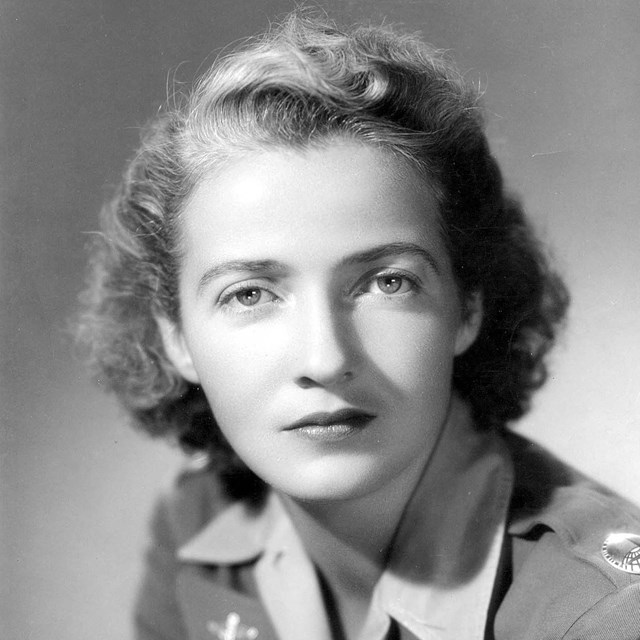 WASP LeaderNancy Harkness Love
WASP LeaderNancy Harkness LovePilot Nancy Harkness Love was instrumental in the creation of the WASP program and served as executive of all WASP ferrying operations.
-
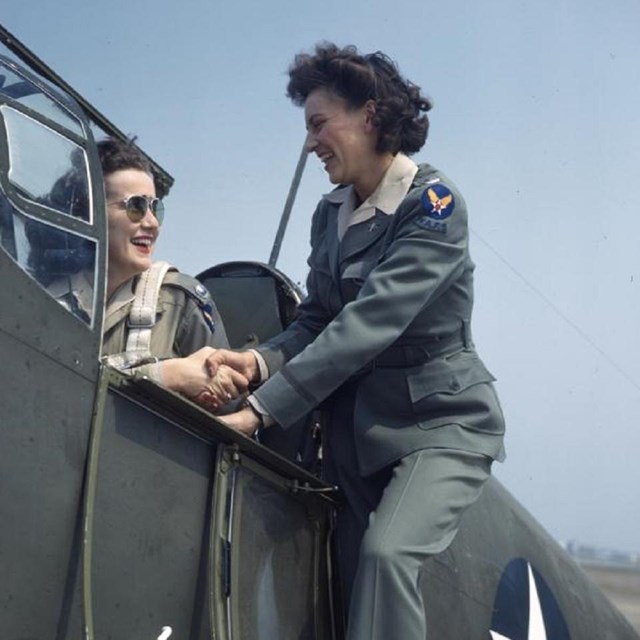 WASP PilotEvelyn Sharp
WASP PilotEvelyn SharpAs a WASP pilot, Nebraska aviation Evelyn Sharp transported aircraft from factories to shipping points to be sent into combat in WWII.
-
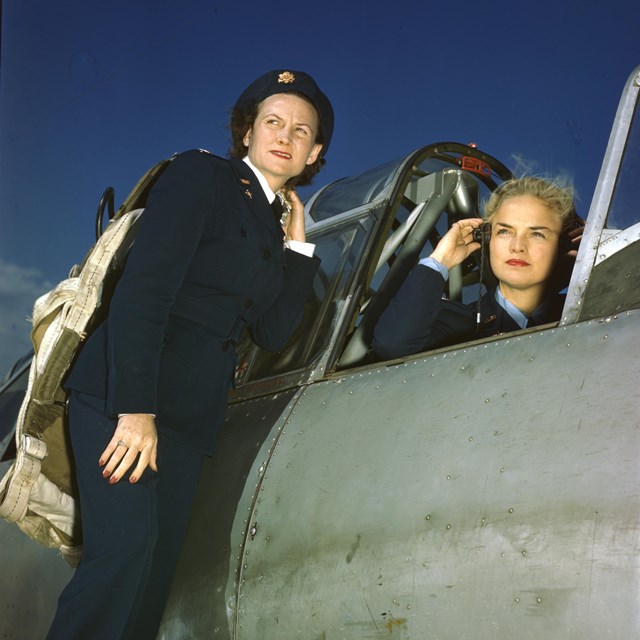 Curiosity KitLearning from Women in Aviation
Curiosity KitLearning from Women in AviationThis lesson plan encourages learners to explore the history of women in American aviation, including WASP history.
-
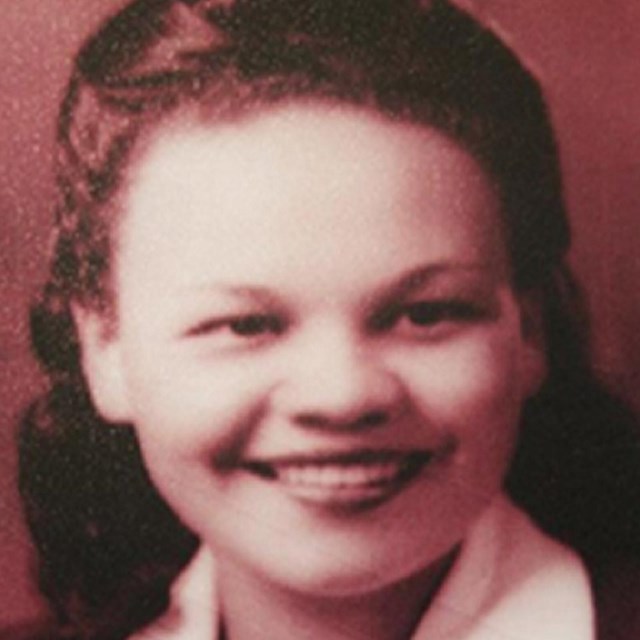 Tuskegee AirwomenBlack Women Aviators
Tuskegee AirwomenBlack Women AviatorsThe WASP rejected pioneering Black women aviators like Mildred Hemmons Carter because of their race, but they flew anyway.
[1] Molly Merryman, Clipped Wings: The Rise and Fall of the Women Airforce Service Pilots (WASPs) of World War II (New York: New York University Press, 1997), 3.
[2] Kathleen Cornelsen, "Women Airforce Service Pilots of World War II: Exploring Military Aviation, Encountering Discrimination, and Exchanging Traditional Roles in Service to America," Journal of Women's History 17 (4), 114-115.
Cornelsen, Kathleen. "Women Airforce Service Pilots of World War II: Exploring Military Aviation, Encountering Discrimination, and Exchanging Traditional Roles in Service to America." Journal of Women's History 17, no. 4 (2005): 111-119. https://doi.org/10.1353/jowh.2005.0046.
Merryman, Molly. Clipped Wings: The Rise and Fall of the Women Airforce Service Pilots (WASPs) of World War II. New York: New York University Press, 1997.
Stamberg, Susan. "Female WWII Pilots: The Original Fly Girls." NPR.org, March 9, 2010. Female WWII Pilots: The Original Fly Girls : NPR
Wackerfuss, Andrew T. "Women's Airforce Service Pilots (WASP)," Air Force Historical Support Division. Women's Airforce Service Pilots (WASP) > Air Force Historical Support Division > Fact Sheets (af.mil)
"WASP History." Texas Woman's University Libraries, Woman's Collection. Women Airforce Service Pilots history | Texas Woman's University | BOLDLY GO (twu.edu)
Article by Ella Wagner, PhD, Cultural Resources Office of Interpretation and Education. This article was funded by the National Council on Public History's cooperative agreement with the National Park Service.
Tags
- world war ii
- wwii
- world war 2
- wwii aah
- world war ii home front
- wwii home front
- military history
- women in the military
- military and wartime history
- women's history
- us army
- army
- army air force base
- aviation
- aviation history
- texas
- pilot
- tuskegee airmen
- tuskegee airmen national historic site
- women's airforce service pilots
- wasp
